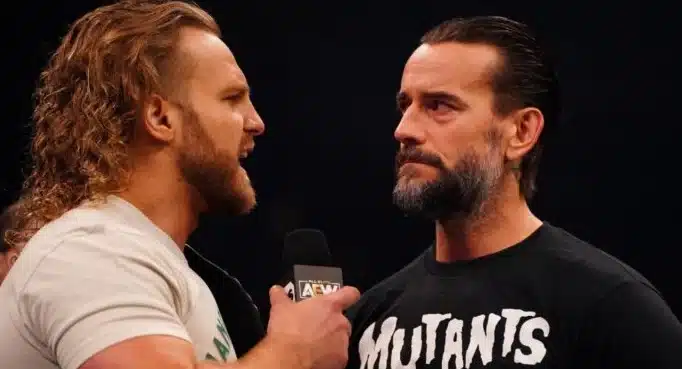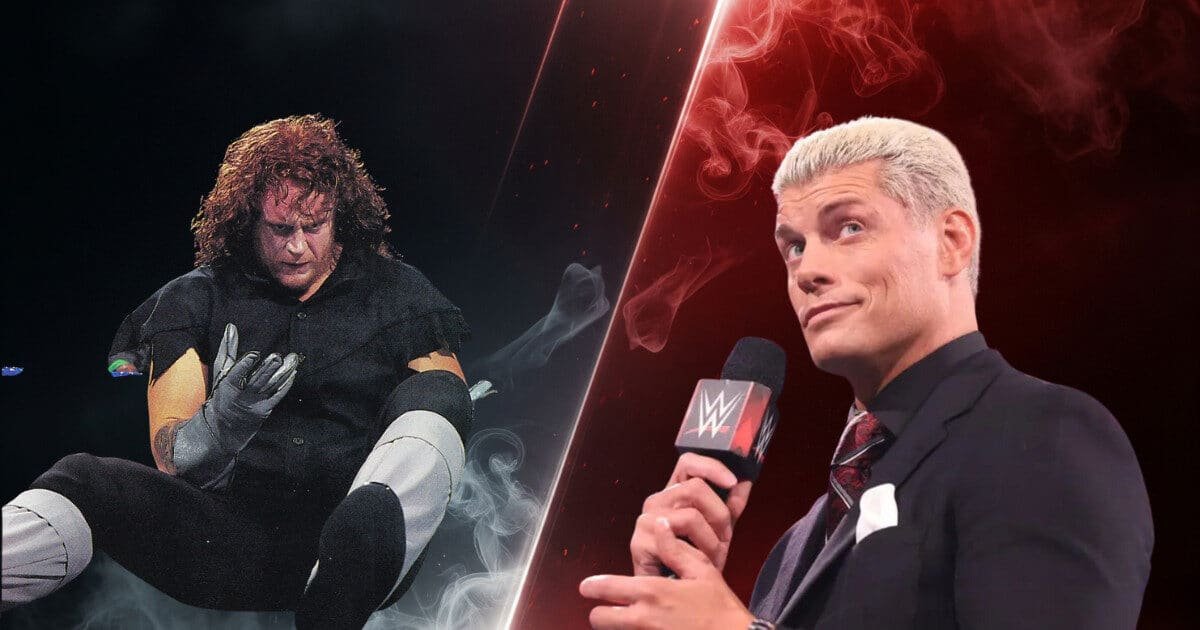In professional wrestling, the “face” represents the heroic character archetype designed to earn audience support through displays of moral integrity, fair play, and determination. Faces embody core virtues like humility and perseverance while adhering to clean fighting tactics and respecting authority figures. They actively engage crowds through positive interactions, creating emotional bonds that drive storyline investment. This moral compass contrasts sharply with villainous “heel” characters, establishing the fundamental dynamic that anchors wrestling narratives and generates compelling crowd reactions that define the sport’s theatrical essence.
Defining the Face Character in Professional Wrestling
In professional wrestling’s carefully constructed universe of heroes and villains, the “face” character stands as the moral compass that guides audiences through every storyline. Also known as a “babyface,” this archetype represents everything admirable in wrestling’s theatrical world—courage, integrity, and unwavering determination against overwhelming odds.
The face serves as professional wrestling’s protagonist, designed specifically to earn crowd support and generate positive reactions. These characters embody virtues that resonate with audiences: humility, perseverance, and moral clarity. Traditional babyfaces follow rules and respect authority while maintaining politeness throughout their performances. Wrestling fans naturally gravitate toward these good guy characters who provide someone to rally behind during matches and storylines.
Their primary narrative function involves opposing the heel—wrestling’s villain archetype—creating the fundamental conflict that drives storylines forward. This dynamic has remained wrestling’s cornerstone since the sport’s earliest days, providing clear emotional stakes that keep audiences invested in outcomes and championship pursuits. The majority of wrestling storylines feature a face versus heel structure that forms the foundation of professional wrestling entertainment.
Core Traits and Behavioral Patterns of Faces
Understanding the face character’s role requires examining the specific traits and behaviors that distinguish these wrestlers from their villainous counterparts.
Faces embody core moral virtues, including humility, patriotism, and unwavering determination. Their hard-working nature resonates with audiences who appreciate persistence in overcoming adversity.
Behavioral patterns reinforce these traits through consistent rule adherence and clean fighting tactics. Faces respect authority figures, follow referee instructions, and avoid underhanded maneuvers that characterize heel opponents.
They actively engage crowds through positive interactions and demonstrate loyalty by supporting allies against wrongdoing. Face wrestlers often connect with fans through personal gestures like giving high fives and distributing merchandise during their entrances.
Successful faces understand that babyfaces give fans what they want, whether through impressive athletic displays, emotional storytelling, or satisfying victories over despised opponents. The development of a compelling wrestler’s persona requires careful attention to these audience expectations and the specific traits that make characters memorable.
Modern face characters have evolved beyond the polite, well-mannered archetypes of earlier eras.
Contemporary faces like Stone Cold Steve Austin introduced antihero qualities while maintaining audience favor, reflecting broader societal shifts toward moral complexity.
How Faces Connect With Wrestling Audiences
Connection forms the bedrock of wrestling’s unique entertainment model, distinguishing it from traditional sports where athletic performance alone determines success.
Faces deliberately cultivate emotional bonds that transcend the scripted nature of their performances, creating what psychologists term parasocial relationships. This scripted entertainment relies heavily on predetermined storylines and character development to maintain audience investment.
Wrestling’s elimination of the “fourth wall” enables direct audience participation through cheers, chants, and physical interaction.
Faces capitalize on this engagement through ringside high-fives, crowd acknowledgments, and spontaneous moments that create shared experiences. These tactics prove effective across WWE’s diverse viewership—25% Black, 12% Hispanic, and 36% female audiences for flagship programming.
Digital platforms extend these connections beyond live events. Wrestling programs over-indexed with Black viewers in 2023, demonstrating the effectiveness of these connection strategies across different demographics.
Social media allows faces to maintain their personas while providing behind-the-scenes content and personalized fan interactions, creating sustained engagement that reinforces community identity among supporters. These connections often evoke nostalgic feelings that provide comfort and emotional refuge for audiences seeking escape from daily stressors.

The Role of Faces in Wrestling Storylines and Kayfabe
Narrative architecture in professional wrestling revolves around faces as the essential storytelling foundation, transforming scripted entertainment into emotionally compelling drama. These heroes anchor major feuds and championship pursuits while providing emotional focal points that encourage audience investment.
Face characters drive long-term developments, exemplified by Adam Page’s multi-year ascent to the AEW World Championship.
Within kayfabe—wrestling’s fictional universe—faces maintain authenticity by embodying positive values like humility and fair play. They follow rules while heels break them, creating clear moral boundaries.
Face victories appear earned through skill and determination, preserving storyline believability. Crowds often influence these dynamics, as audience reactions can lead promoters to adjust booking decisions based on which characters genuinely connect with fans.
Wrestling employs distinct face archetypes: underdogs overcoming odds, patriotic heroes, relatable everymen, justice-seeking avengers, and guiding mentors. The Attitude Era notably established a new type of face character that incorporated previously heel-associated tactics while maintaining fan support. Successful face characters understand that storytelling elements must be woven seamlessly throughout every match to maintain audience engagement.
These characters catalyze redemption arcs, title chases, betrayals, and pivotal face turns that reset storylines.
Face vs. Heel: Understanding the Dynamic Opposition
While wrestling promotions craft elaborate storylines with complex character motivations, the fundamental engine driving every feud remains the stark opposition between face and heel.
This dynamic creates clear moral boundaries that audiences instinctively understand—faces represent heroism and fair play, while heels embody deception and rule-breaking.
The contrast generates essential crowd reactions: faces earn pops (positive responses), heels draw heat (negative reactions). This emotional investment drives ticket sales and viewership as fans rally behind their heroes against despised villains.
Heels typically employ cheating, interference, and cowardice to gain advantages, while faces overcome through skill and resilience. However, heel arguments can sometimes present valid points that resonate with audiences, complicating the traditional moral boundaries.
Some wrestlers exist as tweeners, displaying both heel and face traits that blur these traditional moral lines. Interestingly, certain heel characters develop an antihero appeal that draws fans despite their villainous nature.
Modern wrestling has complicated this formula with anti-heroes and entertaining villains, but the core opposition remains wrestling’s storytelling foundation, providing the framework for compelling narratives and satisfying conclusions.
Evolution of Face Characters and Legendary Examples
The archetypal wrestling hero has undergone a radical transformation since professional wrestling’s early days, when faces represented unwavering moral paragons who never bent the rules.
The 1990s shattered this mold as antiheroes like Stone Cold Steve Austin gained prominence, employing rebellious tactics while maintaining crowd support through pure charisma.
This evolution stemmed from wrestling’s steroid scandals and declining ratings, forcing promotions to embrace more complex characterizations. Conversely, wrestlers who fail to connect with audiences often experience consistent losses that diminish their credibility and marketability.
Modern faces now range from traditional superheroes to flawed protagonists who break rules yet remain beloved by fans. Promotions have also introduced lovable loser archetypes that connect with audiences through vulnerability rather than dominance.
Legendary examples showcase this spectrum: Hulk Hogan’s classic heroism launched wrestling’s global boom, while The Undertaker’s 1992 face turn built a decades-spanning legacy. The dynamic between faces and their heel counterparts creates essential narrative balance that drives compelling storylines and maintains audience investment.
Strategic face turns have consistently revitalized careers and influenced entire company trajectories.
Frequently Asked Questions
How Much Money Do Top Face Wrestlers Typically Earn Compared to Heels?
Top face wrestlers typically earn $8-10 million annually, while the highest-paid heel commands $15 million.
Roman Reigns leads all wrestlers as a heel, earning $15 million compared to top faces like Cody Rhodes ($10 million) and Drew McIntyre ($8 million).
However, faces generally generate superior merchandise sales due to fan loyalty.
Star power and storyline prominence ultimately determine earnings more than character alignment, with dominant heels sometimes outpacing faces in base salaries.
What Training Techniques Help Wrestlers Develop Convincing Face Character Performances?
Wrestlers develop convincing face performances through thorough training combining physical, psychological, and performance elements.
Improvisation exercises build adaptability for live crowd reactions, while practicing hero versus villain scenarios develops emotional range.
Physical training emphasizes expressive body language and crowd-pleasing moves that showcase resilience.
Promo workshops refine speech delivery and audience engagement techniques.
Studying veteran face wrestlers provides proven strategies for authentic character portrayal.
Do Face Wrestlers Have Input in Writing Their Own Storylines and Promos?
Face wrestlers’ creative input varies considerably based on their status and experience.
Top-level stars like John Cena typically negotiate substantial control over promos and storyline direction, often working from bullet points rather than rigid scripts.
Veteran faces with proven drawing power receive consultation opportunities on major angles.
However, midcard and newer wrestlers generally follow company-provided scripts with minimal input, while final creative decisions remain with executives.
How Do Wrestling Promotions Decide Which Wrestler Should Turn Face or Heel?
Wrestling promotions base face and heel turn decisions on audience reactions, storyline requirements, and business considerations.
Live crowd responses, merchandise sales, and social media engagement reveal which wrestlers connect with fans. Creative teams evaluate charisma, promo skills, and a wrestler’s ability to generate strong reactions.
Television ratings, contract situations, and long-term booking strategies also influence alignment changes, ensuring turns serve both narrative purposes and commercial objectives.
What Happens Backstage When Face and Heel Wrestlers Interact Outside of Storylines?
Backstage, face and heel wrestlers interact as professional colleagues, collaborating on match planning, safety coordination, and storyline development.
Kayfabe is largely abandoned in locker rooms, where wrestlers share travel, meals, and training regardless of on-screen alignment. Real friendships transcend character roles, with veterans mentoring newcomers and rivals offering mutual support.
Promotions occasionally request separation during major feuds to prevent storyline leaks or maintain public perception.

